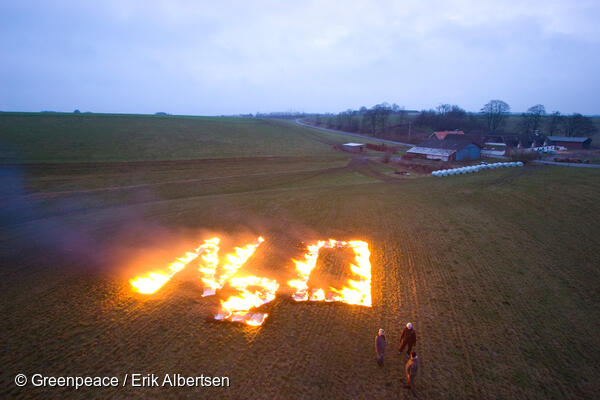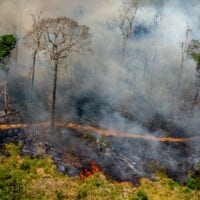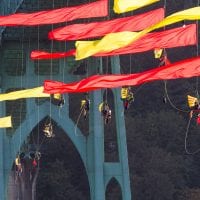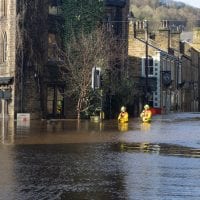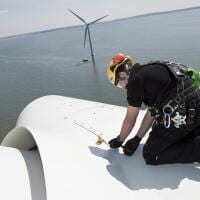The main cause of climate change is burning fossil fuels – such as coal, oil and gas – to produce energy and power transport.
Along with other human activities, like cutting down forests and farming, this releases heat-trapping pollution called greenhouse gases into the atmosphere, warming the planet and destabilising the climate.
The world is now warming faster than at any point in human history. The effects are extreme weather like heavy rain or droughts, long-term shifts in weather patterns, melting ice and rising sea levels. Climate change is already having huge impacts on people and the environment worldwide.
Human activities that release greenhouse gases need to be urgently curbed as much as possible to ensure a stable climate and safe world for everyone.
Where do greenhouse gases come from?
There are a number of human activities that we know to be damaging to the climate. These mostly involve generating energy, because huge amounts of energy are needed to keep our modern world running.
- Generating energy – a lot of power generation for electricity and the vast majority of home heating are still done by burning fossil fuels, such as gas. In the UK, emissions from electricity have gone down rapidly in recent years, thanks to our reductions in burning coal for energy and dramatic increases in renewable energy generation.
- Transport – cars, buses, trains, trucks, ships and planes, (unless electric and charged with renewable energy), all produce emissions by burning fossil fuels. In the UK, transport is the biggest contributor to climate change, responsible for 27% of emissions in 2019, mostly from cars. International aviation and shipping will continue to be a significant contributor to climate change until demand reduces or alternatives to fossil fuels become available.
- Food production – livestock reared for meat and dairy products emit methane, and agricultural soils emit gases like nitrous oxide, which is made from nitrogen in the soil through the use of fertiliser. As food production increases (with more fertilisers, more livestock, and the need for more crops to feed livestock), emissions will also increase.
- Deforestation – because trees store carbon as they grow, cutting or burning down trees releases that carbon into the atmosphere. Farmers may cut down trees or clear land using fire to produce soya for animal feed, such as in the Amazon. In other parts of the world, natural forests are cleared for timber, mining or palm oil.
- Powering industry – since the Industrial Revolution began in the 18th century in the UK, humans have burned fuel such as coal, oil and gas in order to drive large-scale industries. Industrial emissions come from producing things like cement, iron, steel, electronics, plastics and clothing. All countries are now largely dependent on fossil fuels to build and sustain their economies.
- Plastics and waste – plastics are made from fossil fuels, releasing emissions through their production. Globally, about 40% of plastics are used as packaging. Because so little is recycled (and it would be hard to recycle that much plastic anyway), dealing with waste releases emissions when incinerated (burned) or put into landfill – making it a bigger climate problem than it initially seems.
What are greenhouse gases and how do they cause climate change?
Greenhouse gases include carbon dioxide (CO2), methane (CH4) and nitrous oxide (N2O), which trap heat in the Earth’s atmosphere, increasing the average temperature worldwide.
These gases are naturally present in the atmosphere but human activities have massively increased them, trapping heat that then causes climate change.
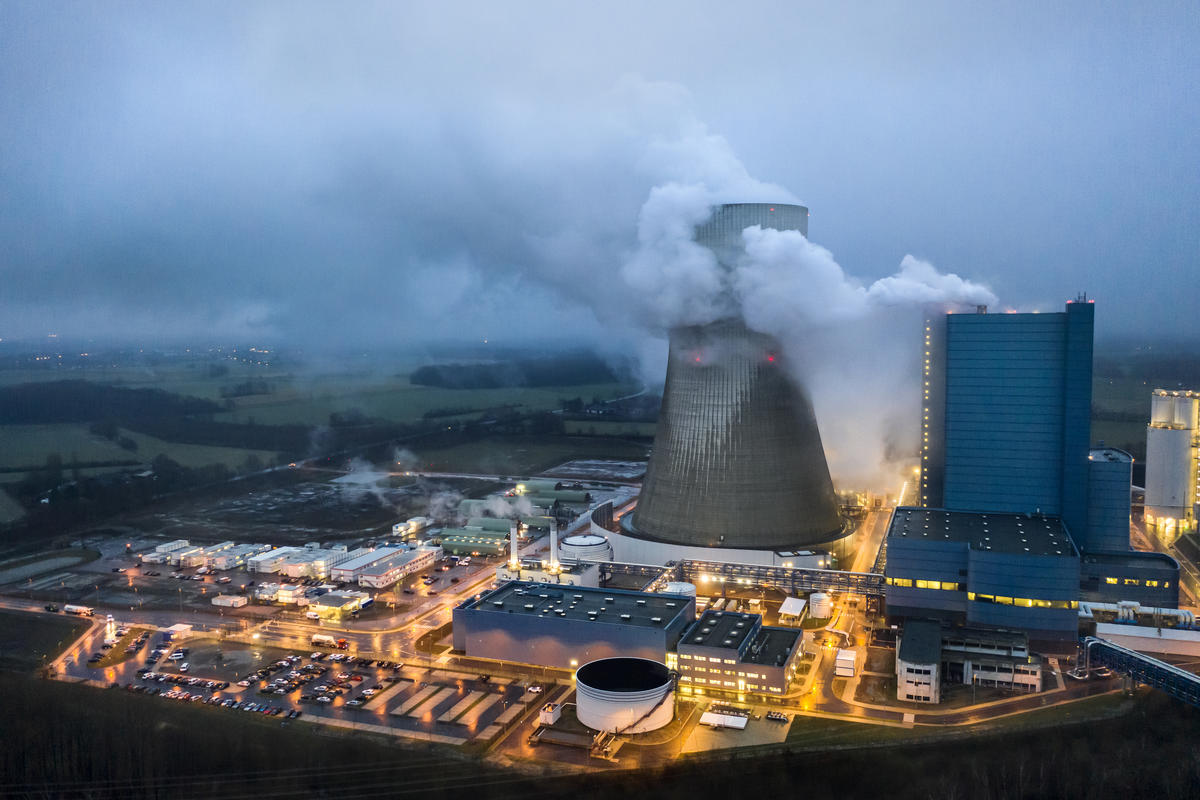
Carbon dioxide
From burning fossil fuels, deforestation
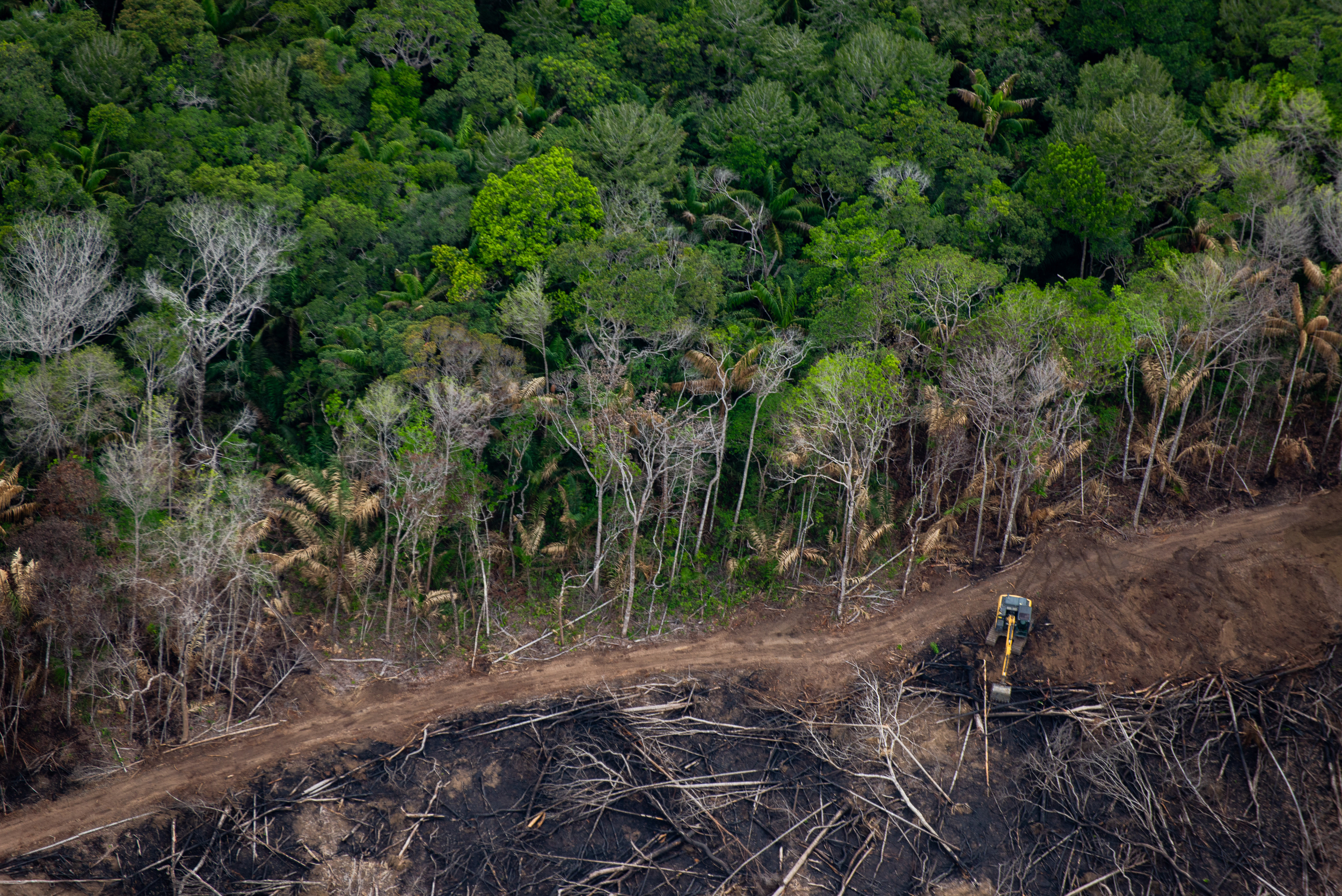
Methane
From natural gas, permafrost melt, flooding
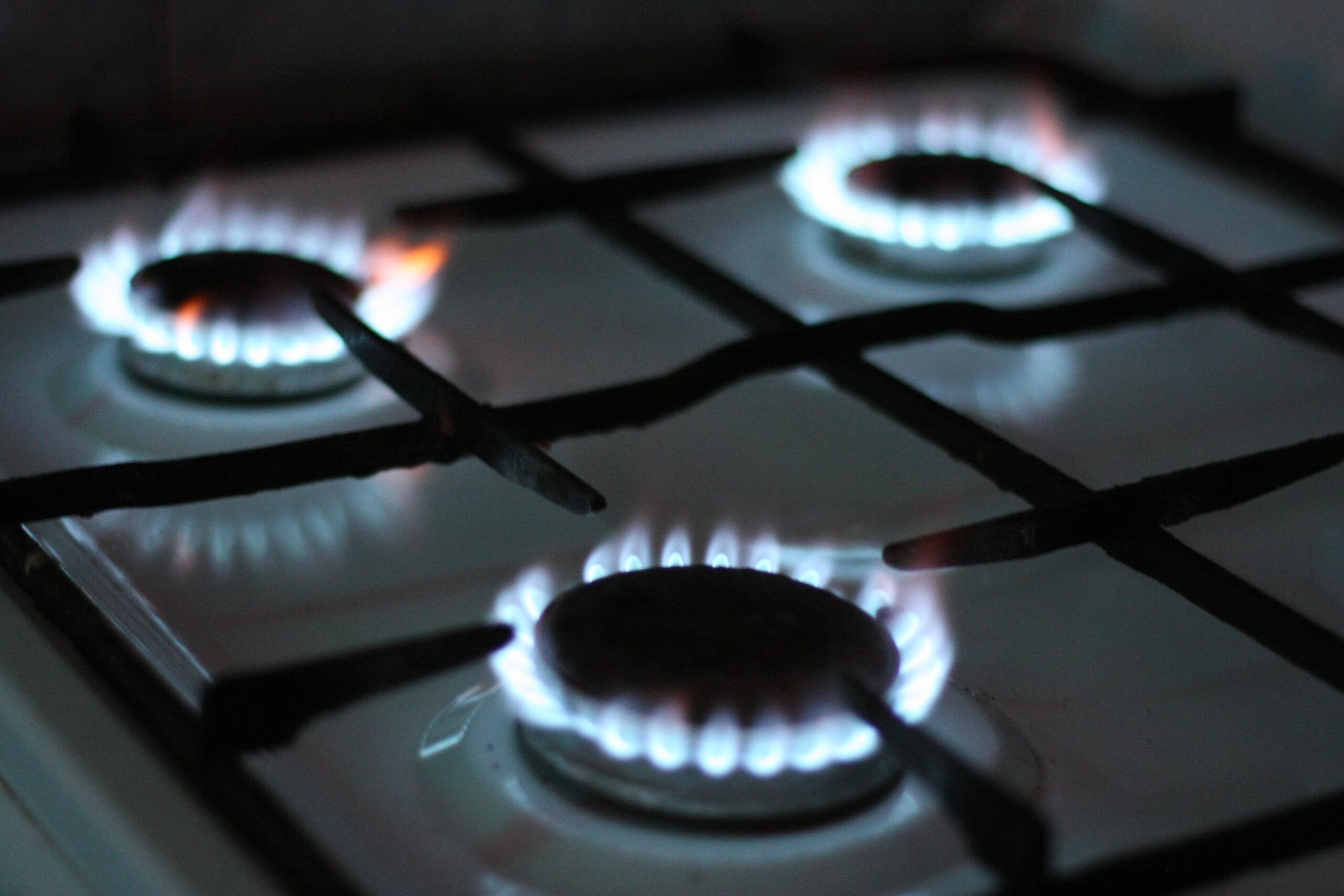
Nitrous oxide
From fertiliser used in farming
